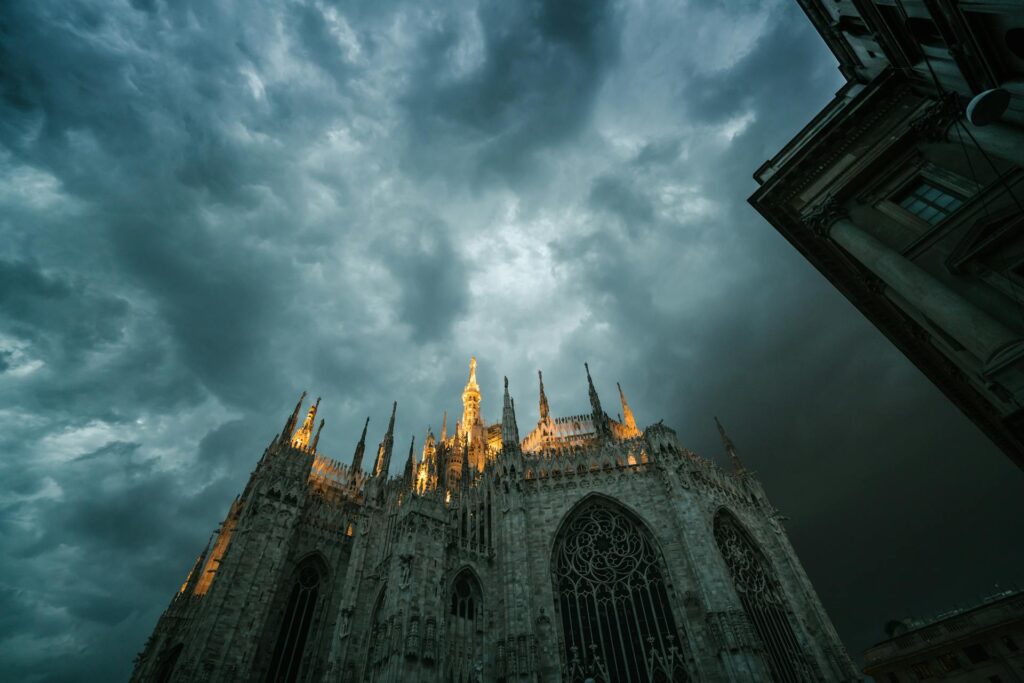
Origins and Concepts
Courtly love, a concept that emerged in medieval Europe, was a sophisticated and idealized form of love celebrated in the literature and culture of the time. It involved chivalric knights expressing their admiration and devotion to noble ladies, often within a framework of unattainable or forbidden love. This notion was heavily influenced by the poetry and traditions of troubadours and trouvères.
Expressions in Literature
Courtly love was a popular theme in medieval literature, inspiring works such as the “Lancelot” of Chrétien de Troyes and the “Roman de la Rose.” These stories often depicted knights performing noble deeds and enduring hardships for the love of a lady. The literature of courtly love emphasized ideals of chivalry, honor, and refinement, reflecting the social and cultural values of the medieval aristocracy.
Influence on Social Etiquette
The concept of courtly love also influenced social etiquette and behavior in medieval courts. It promoted the ideals of courteousness, respect, and refined manners, which were expected of knights and nobles. The rituals of courtly love, such as gift-giving, poetry, and secret meetings, played a role in shaping the interactions and relationships within the upper echelons of society.
Conclusion
The art of courtly love left a lasting impact on medieval European culture and literature. Its ideals of chivalry and romantic devotion contributed to the development of social customs and artistic expressions, reflecting the complex dynamics of love and honor in medieval society.
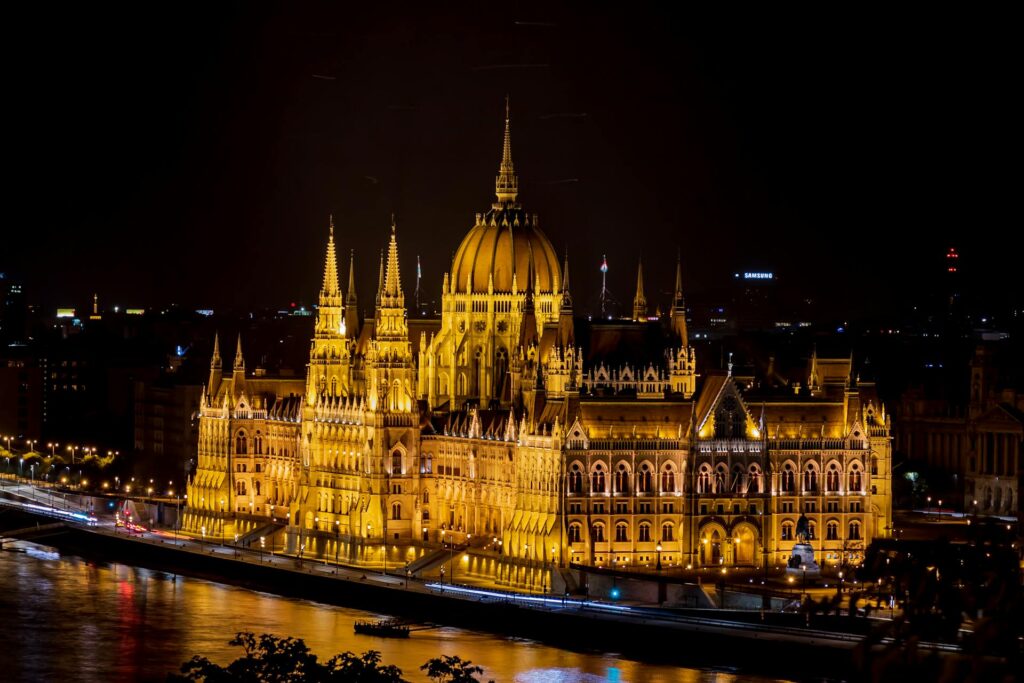 Origins and Techniques
Origins and Techniques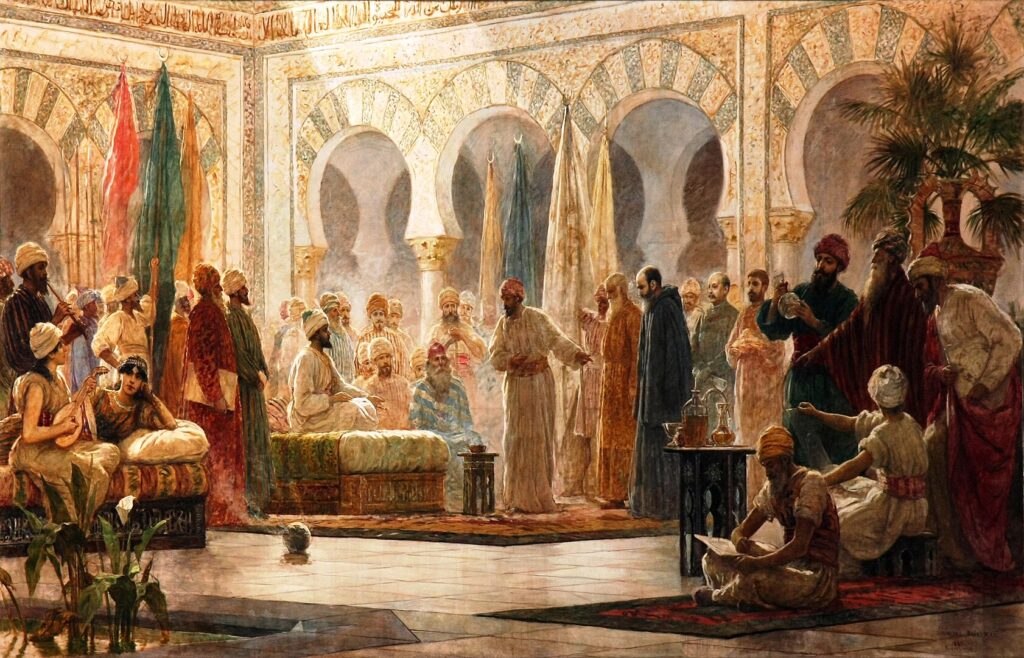 The Influence of Al-Andalus on Medieval European Culture
The Influence of Al-Andalus on Medieval European Culture Military Conquests and Destruction
Military Conquests and Destruction
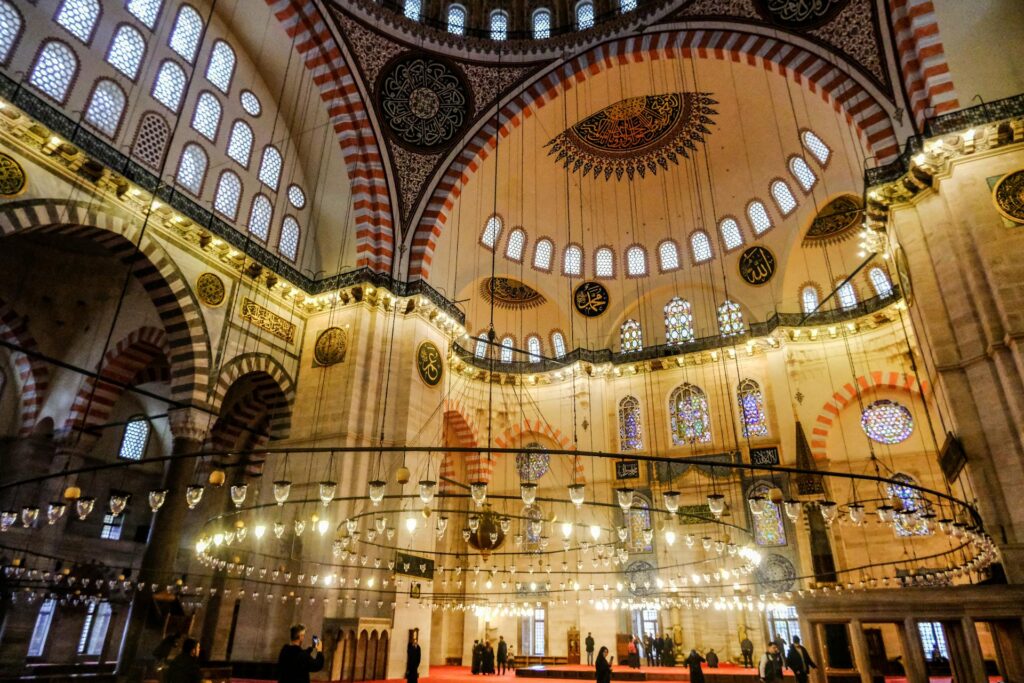
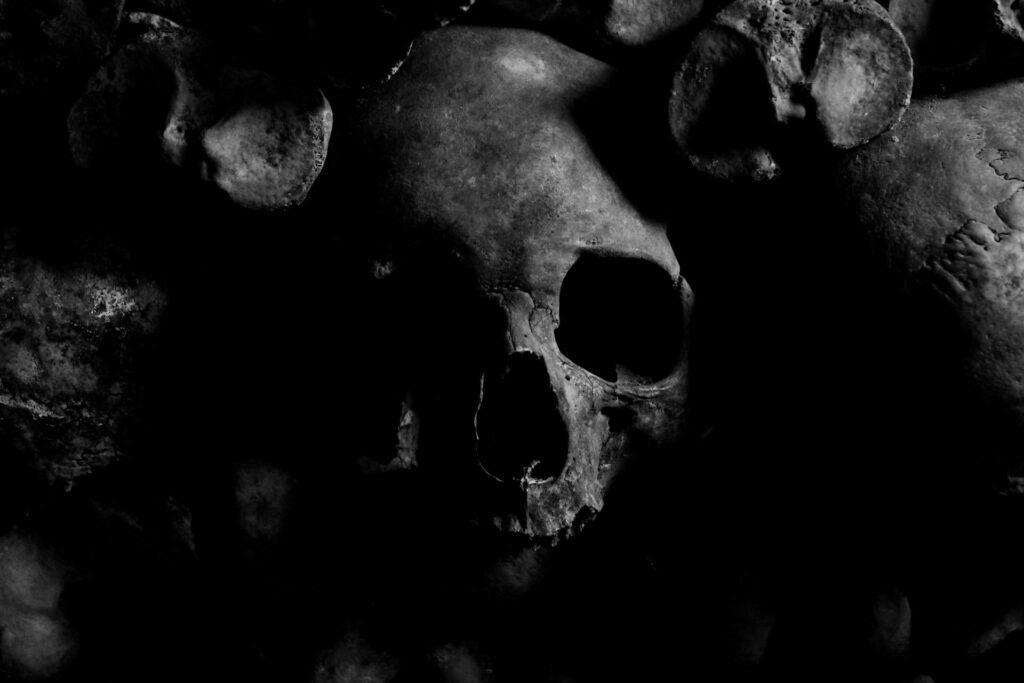 Demographic Devastation
Demographic Devastation
 Introduction of Byzantine Aesthetics
Introduction of Byzantine Aesthetics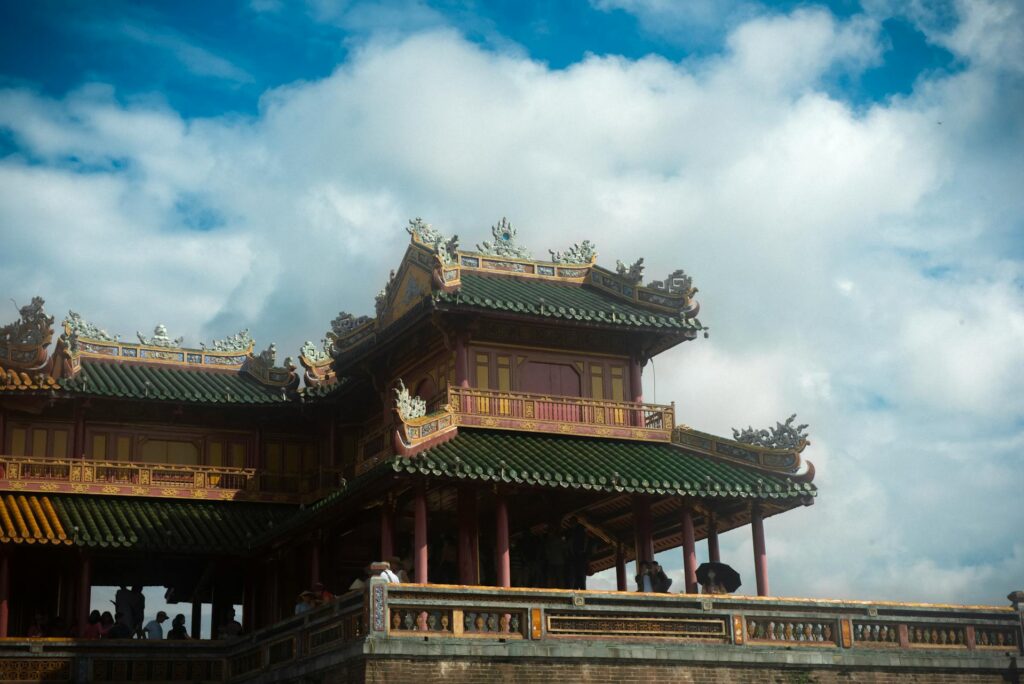 The Feudal System Explained
The Feudal System Explained